|
I first ran across bacon fat gingersnaps in the Christmas cookie collection the New York Times posted for December, 2021. Although I'm not a NYT Cooking subscriber, I did a google and found an article about the original recipe, which indicated the recipe was likely historic. Even though I'd just finished my Christmas cookies research, the bug bit again and the hunt was on. I found several historic recipes for bacon fat cookies, some of them gingery, some of them not (scroll to the bottom for the gallery of recipes), but because I am a World War I historian, I decided that the recipe I was most interested in at the moment was the "Soft Molasses Cookies" listed as a "Conservation Recipe" in the February, 1918 issue of American Cookery, formerly the Boston Cooking School Magazine. And it seemed appropriate to be baking them in February, 2022! The recipe is not written in a way we're used to today, but is fairly straightforward. It reads: Put in a measuring cup four teaspoons clarified bacon fat (not browned in the least); add three teapsoonfuls boiling water, then fill the cup with N.O. [New Orleans] molasses. Add half a teaspoonful salt, half a teaspoonful ginger or spices to taste and one teaspoonful [baking] soda sifted with one cup of flour; mix and add enough more flour to make a soft dough. Roll rather thick. Cut in rounds. Bake in a moderate oven. This recipe is sugarless, eggless, and butter-less, and it uses fats that might otherwise go to waste, making it the perfect conservation recipe during a time when Americans were asked to save wheat, sugar, meat, and fats for the war effort. The use of New Orleans molasses was specifically to save space on cargo ships and support American sugar production (molasses is a byproduct of sugar cane processing). By using bacon fat, normally a waste fat, Americans could save on lard and butter. Bacon Fat Soft Molasses Cookies (1918)I will admit that I started this recipe before I realized I was virtually out of all-purpose flour. And since I had a good deal of whole rye flour to use up, and I thought it in keeping with the spirit of the recipe to make this wheatless as well, I used all rye (although in the period rye was not considered an official substitute for wheat, largely because it was in fairly short supply). It did make a rather heartier cookie than I think was intended, but it worked just fine. Here's my translation of the original: 2+ cups flour (I used whole rye) 1 teaspoon baking soda 1/2 teaspoon salt 1/2 teaspoon ground ginger 4 teaspoons bacon fat 3 teaspoons boiling water a little less than 1 cup molasses Preheat the oven to 350 F. In a large mixing bowl, whisk together 1 cup flour, the baking soda, salt, and ground ginger. In a heat-proof measuring cup, place the bacon fat and add the boiling water. Then add molasses enough to make 1 cup. Pour into the flour mixture and beat well. Add more flour (about another cup) until a soft dough forms. You may need more flour as the dough will be very sticky. Knead in a little more flour as needed to make a dough that can be rolled without excessive stickiness. Flour your rolling surface well, and roll out the dough about a half inch thick, or a little thicker. Cut into rounds and bake on a parchment-lined baking sheet (to prevent sticking and save on grease!) at 350 F for 10-12 minutes. My batch rolled relatively thin made just short of 2 dozen largish cookies. Next time I would probably let them be a little thicker and I'd probably end up with a dozen and a half. Although these aren't crisp or particularly sweet, they do taste astonishingly close to the Archway brand of molasses cookies you can find very inexpensively in just about every grocery store. Soft, and a little cakey, with strong molasses flavor and just a hint of gingery spice. I couldn't really taste the bacon fat while they were still warm (though my husband claims he could), but the flavor will likely improve the next day. I did frost a few to dessert-them up a little. Just a few teaspoons of heavy cream mixed with some powdered/icing sugar. Shhh! Don't tell Herbert Hoover! Although these are quite soft right out of the oven, they will harden up as they cool, so be sure to store them in an air-tight container to help retain moisture. All things considered, I think this recipe turned out rather well for one that was supposed to be a bit of a privation during the war. Although I don't think it was UN-common to use bacon fat or drippings or any other animal fats as shortening in baking in the 19th century (indeed in the 1800s "shortening" just meant any kind of solid fat - remember we don't get vegetable shortening until the 1870s), we don't really see bacon fat specifically called out in cookbooks until the 1910s. One reason is likely that bacon was an increasingly popular breakfast food. Oscar Mayer, in particular, started selling pre-packaged sliced bacon in 1924. Breakfast was rebranded in the 1920s away from stodgy porridges and even health-food cold cereals and toward bacon, eggs, and tableside electric appliances that made things like waffles, fresh-squeezed orange juice, coffee, and toast. All that bacon frying meant that cooks had a surfeit of grease, and frugal cooks would hate to waste it. And while bacon fat is perfect for frying potatoes into hash, there's only so many things you can fry in bacon fat. Hence, the baking recipes. As you can see from the collection below, they're all for 1915 and later, with most in the 1920s. Bacon fat was saved in WWII as well, but housewives were just as likely to save the fat for munitions than bake with it. Once animal fats were connected to heart disease in the 1950s, bacon took a back seat in the United States until its revival in the 2000s (largely coinciding with the popularity of the Atkins Diet). We don't make bacon all that often. Usually it's with a big breakfast or brunch I make on the weekends. But I've made a point lately to save the fat. If you bake your bacon in the oven like I do (450 F for 10-15 mins), you can just pour the fat off of the baking sheet and into a glass jar. Keep the jar in the fridge and you'll have a smoky, salty fat for flavoring beans, potatoes, eggs, and yes, even molasses cookies. Which bacon fat recipe do you think I should try next? I'm leaning towards the sugar cookies... The Food Historian blog is supported by patrons on Patreon! Patrons help keep blog posts like this one free and available to the public. Join us for awesome members-only content like free digitized cookbooks from my personal collection, e-newsletter, and even snail mail from time to time! Don't like Patreon? Just leave a tip
1 Comment
Navissa
12/9/2022 01:32:38 am
I make my grandmother's giant molasses cookies every Christmas. The bacon fat tie in is interesting. This year I'm attempting gluten free. Should work, but would also like to do egg free so your recipe interests me. Thanks for posting! I also have a large historic cook book collection (about 1000 books) pamphlets and hardcover from 1850s-1950s if you can't find something, reach out and I'll see if I have it!
Reply
Your comment will be posted after it is approved.
Leave a Reply. |
AuthorSarah Wassberg Johnson has an MA in Public History from the University at Albany and studies early 20th century food history. Archives
July 2024
Categories
All
|
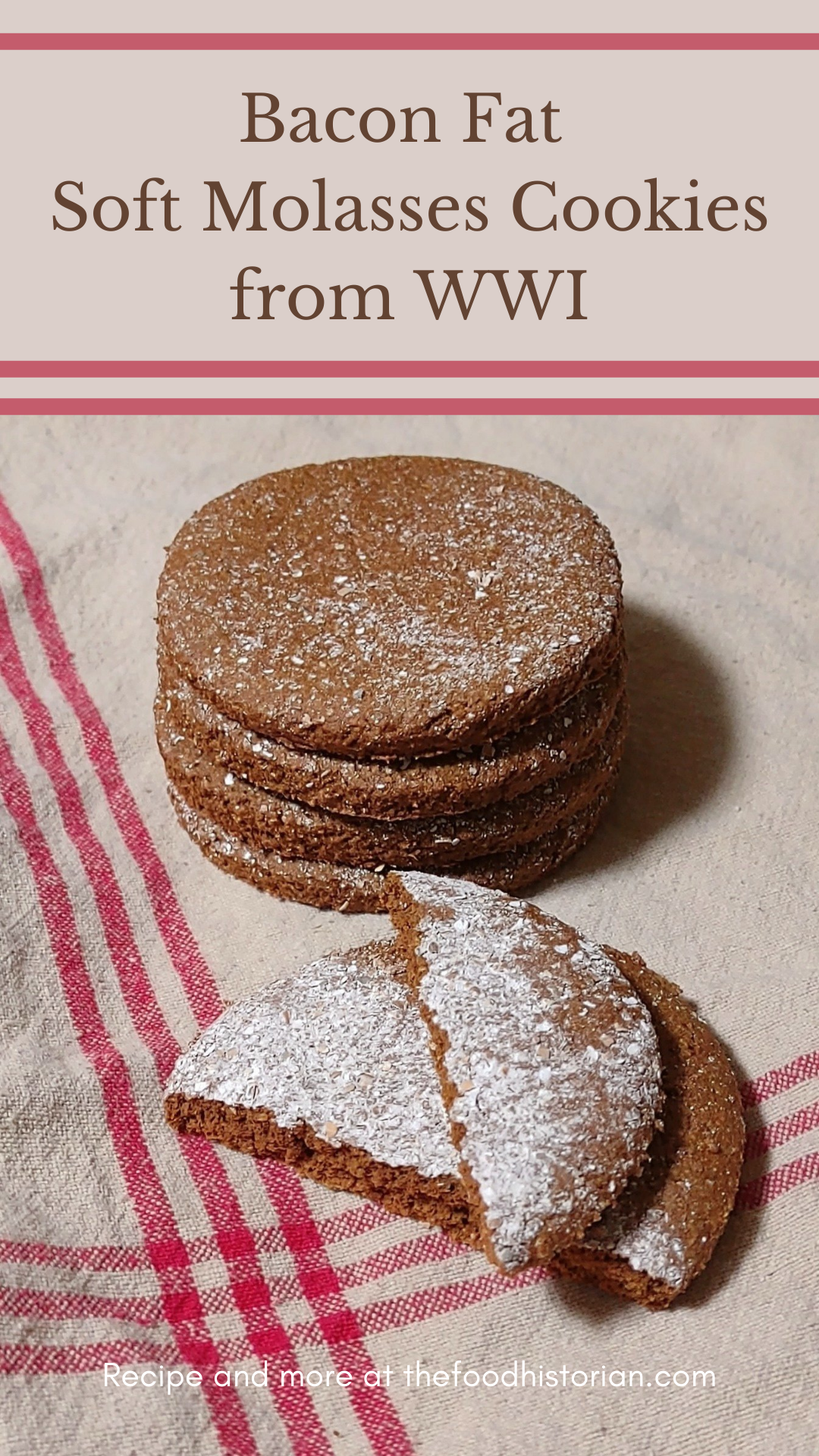
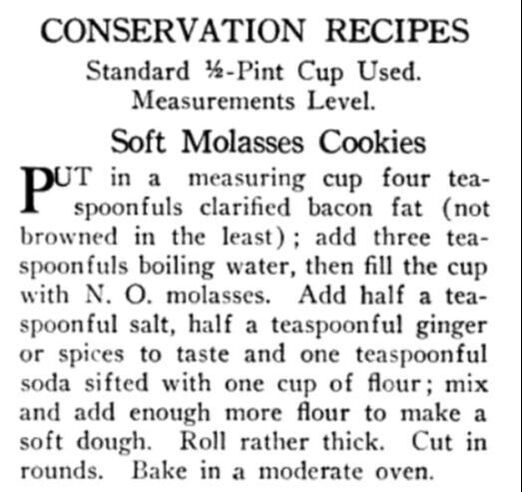
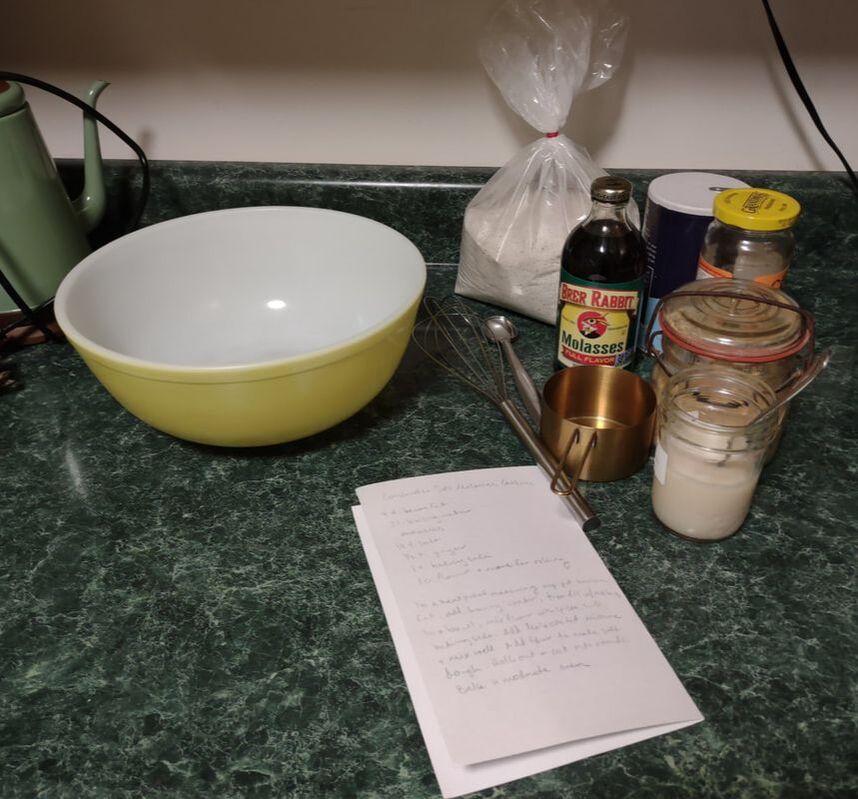
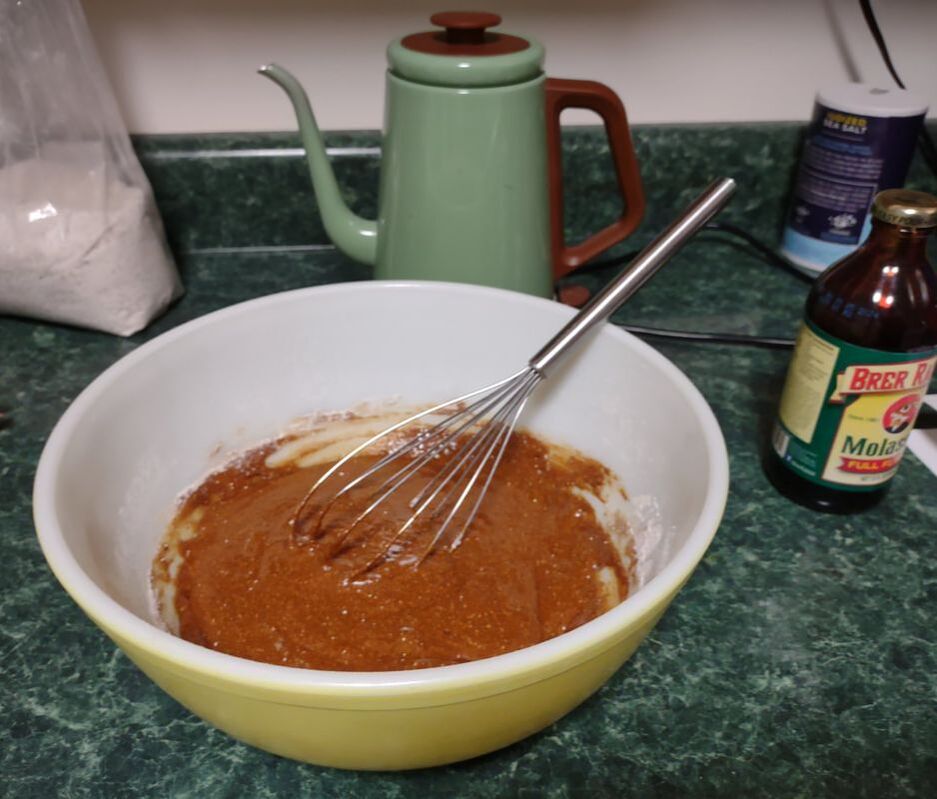
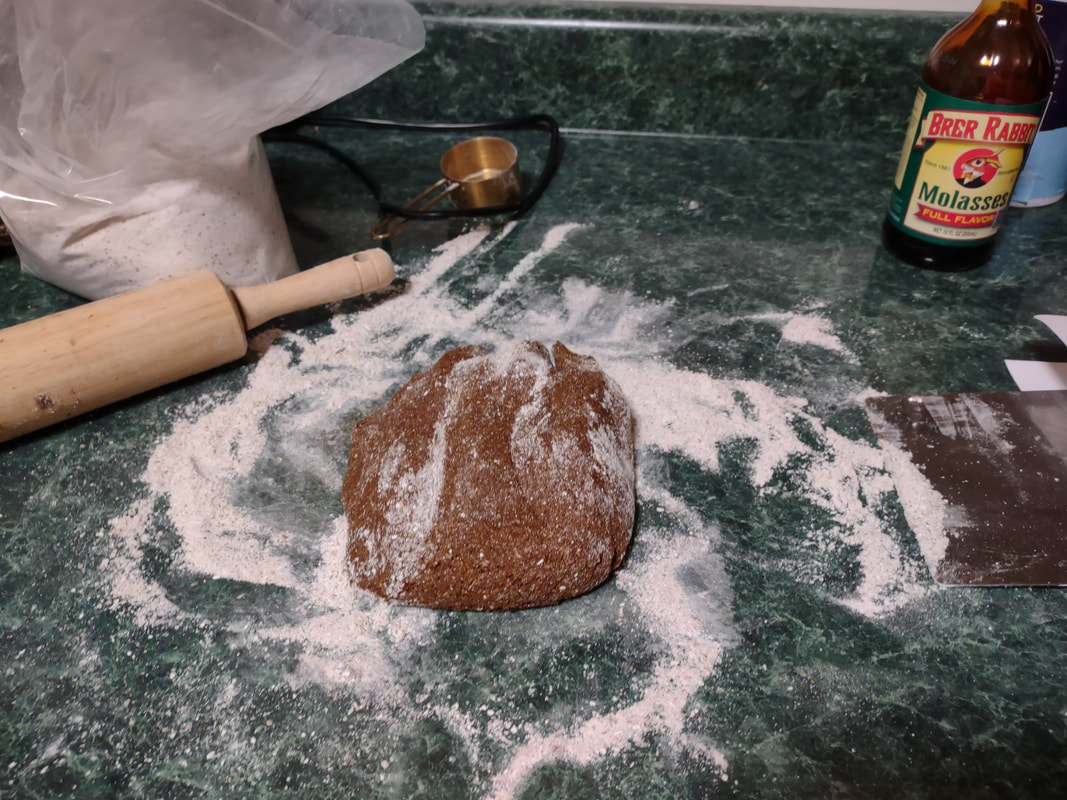
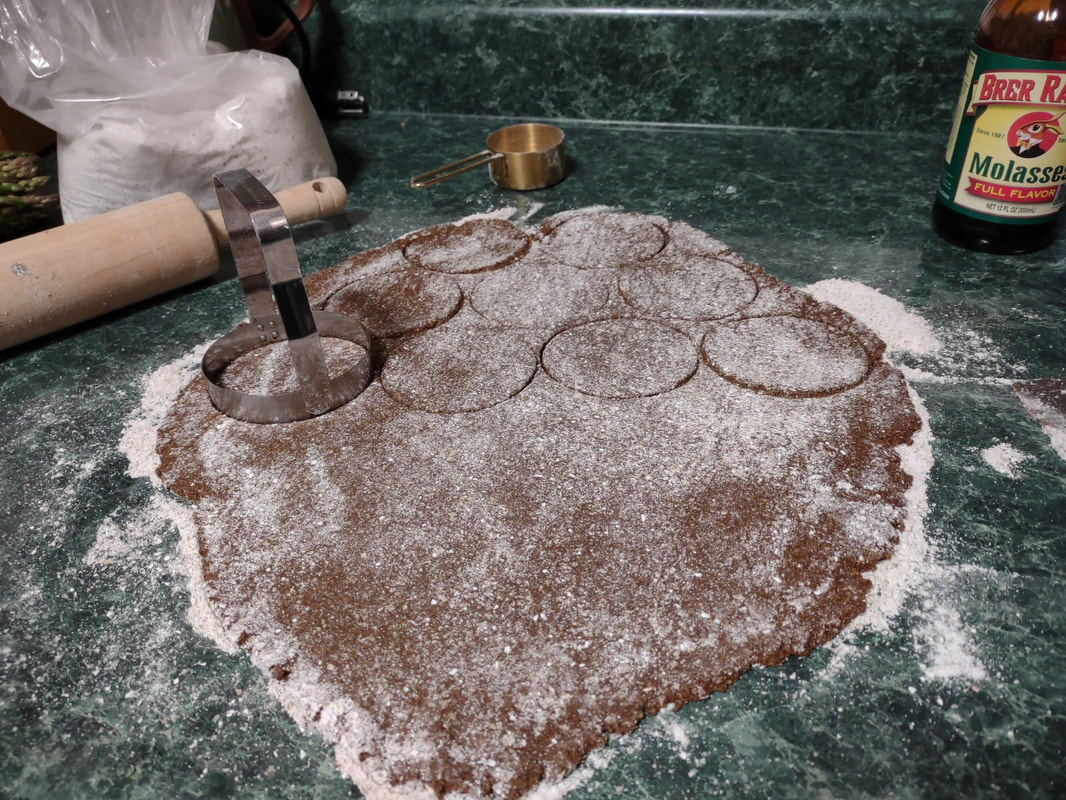
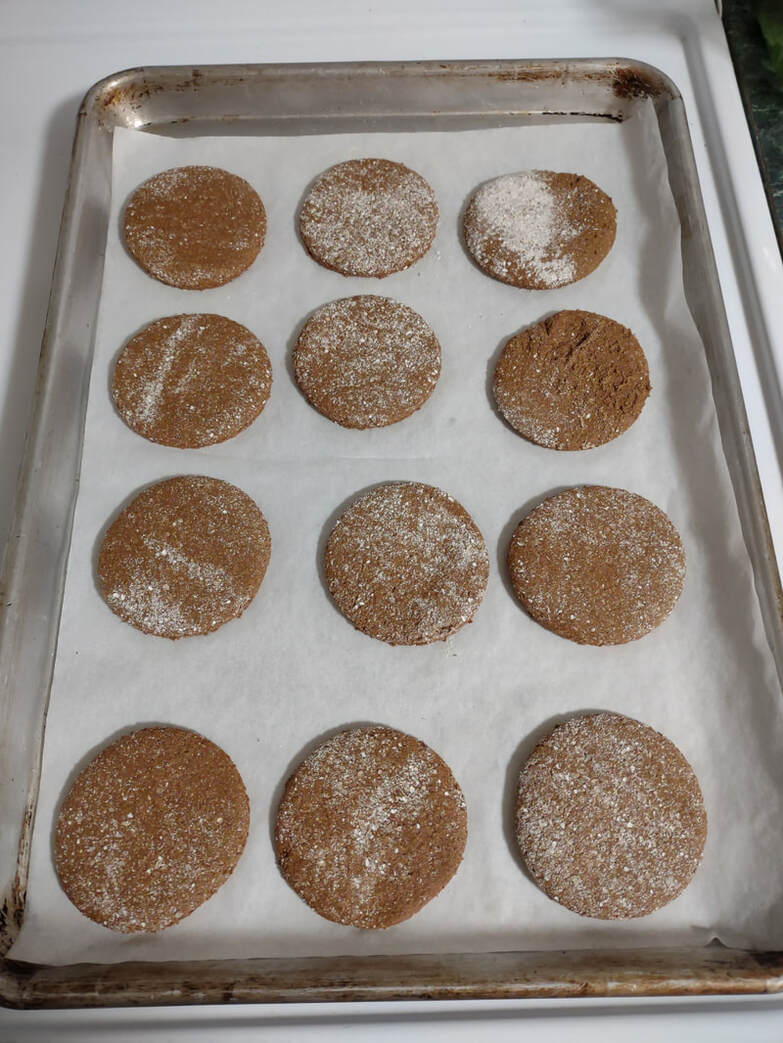
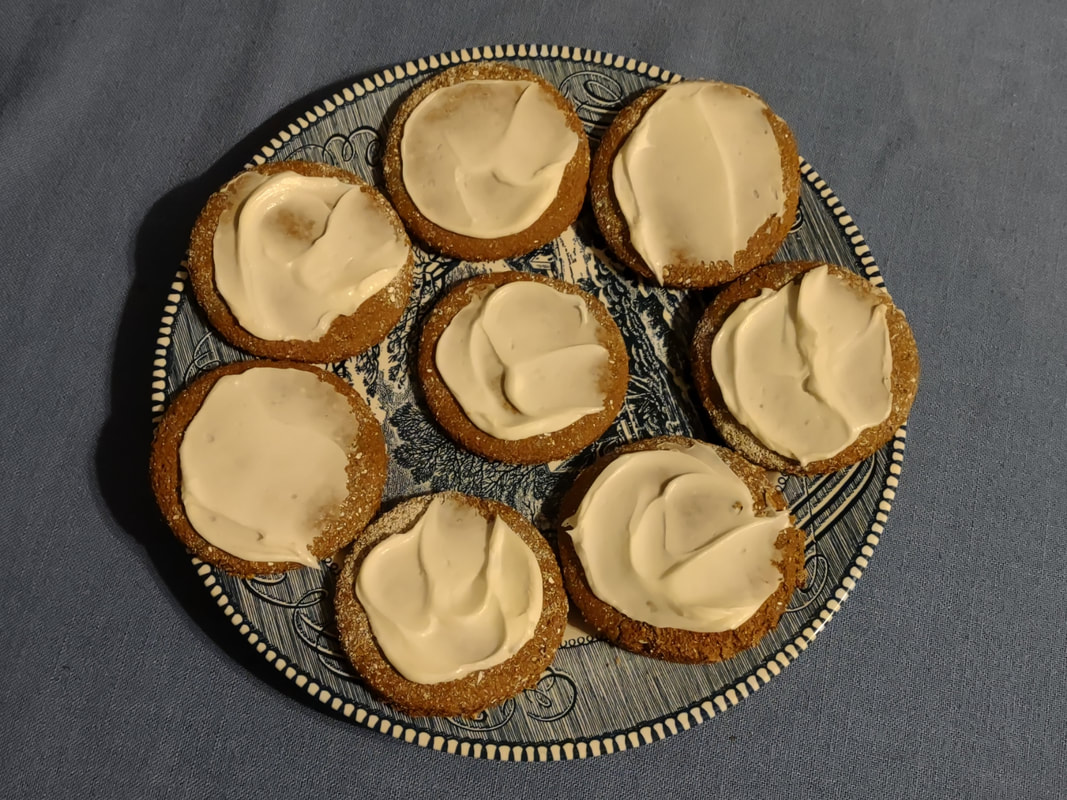
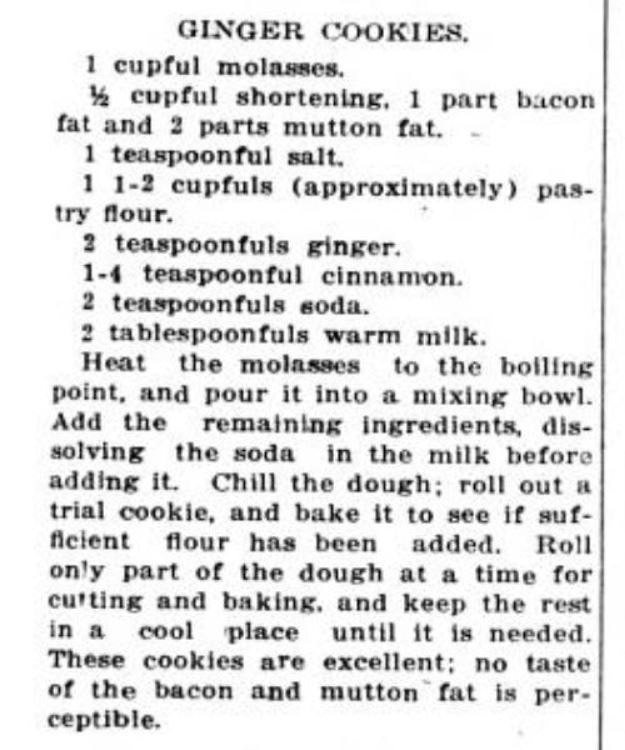
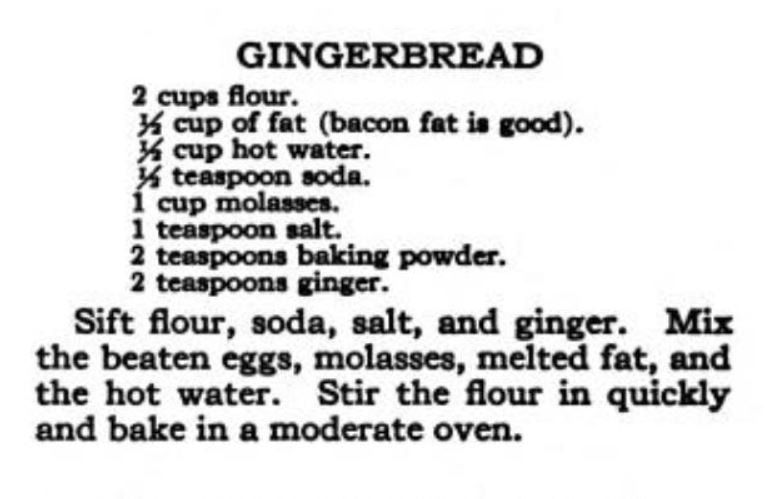
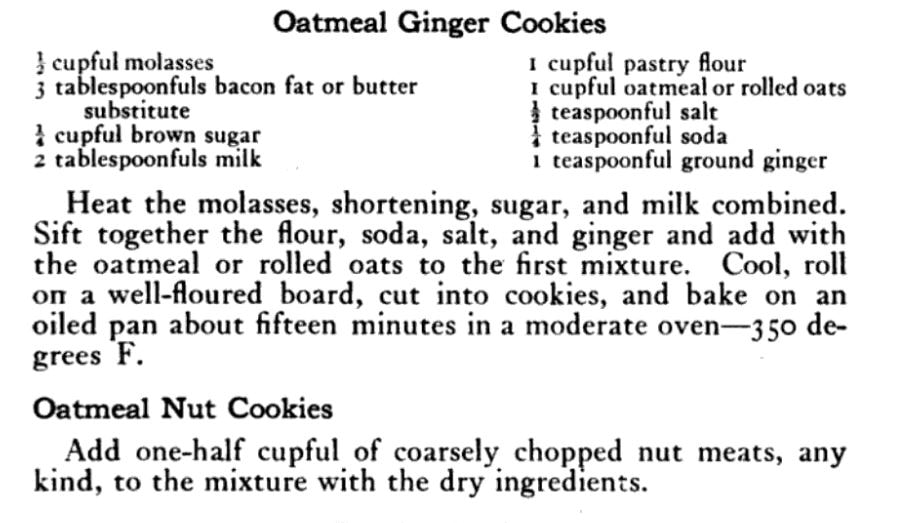
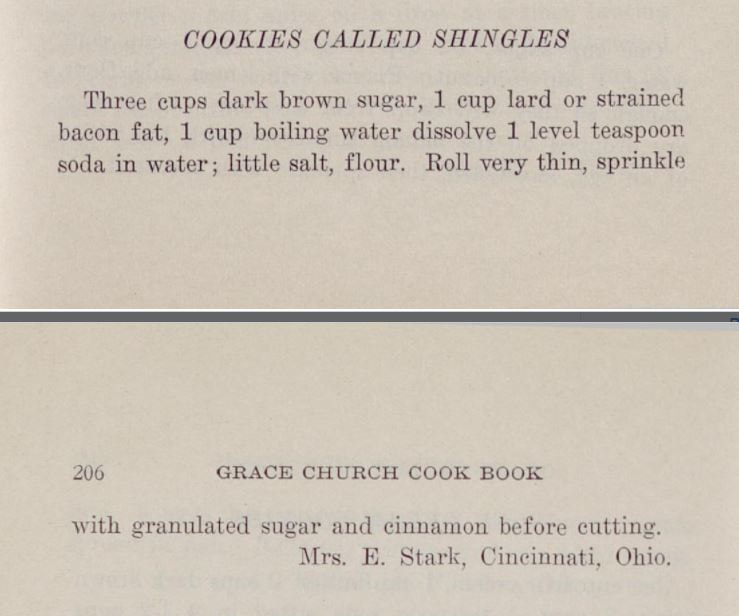
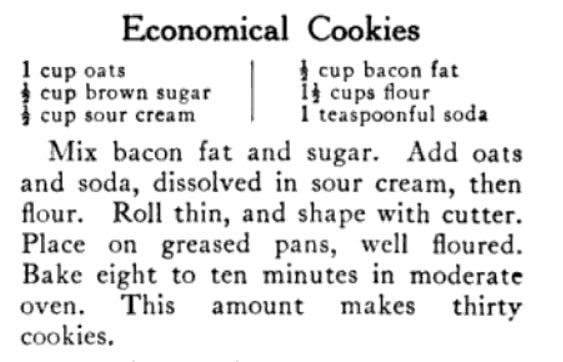

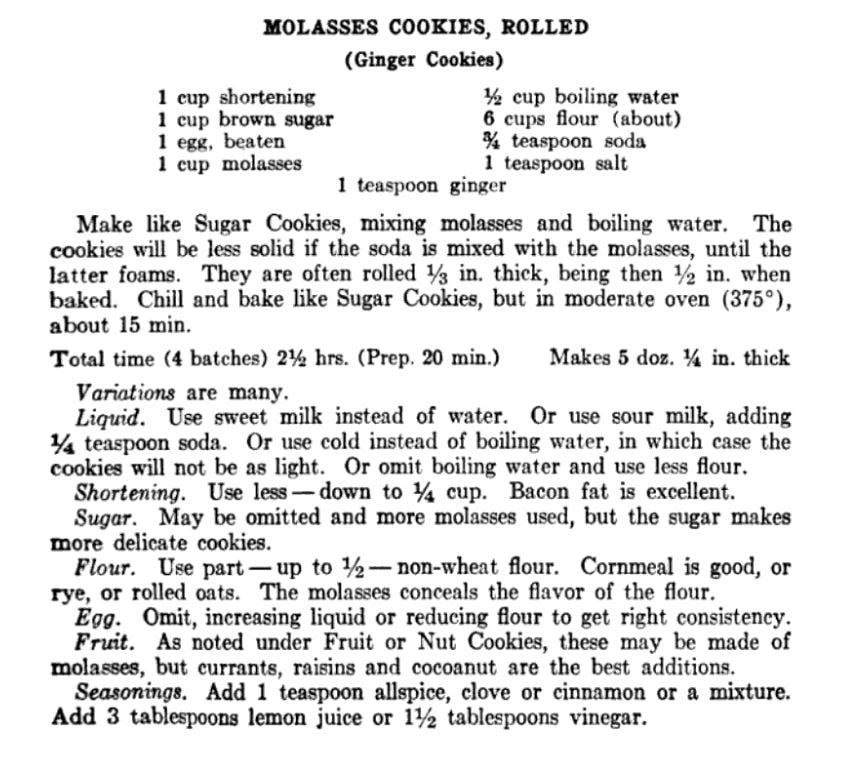

 RSS Feed
RSS Feed